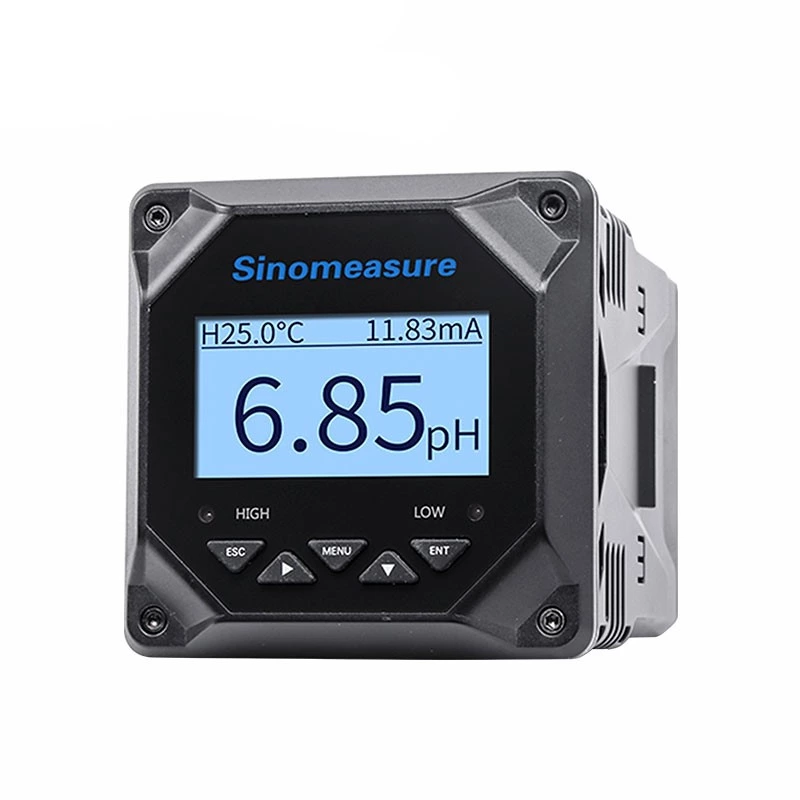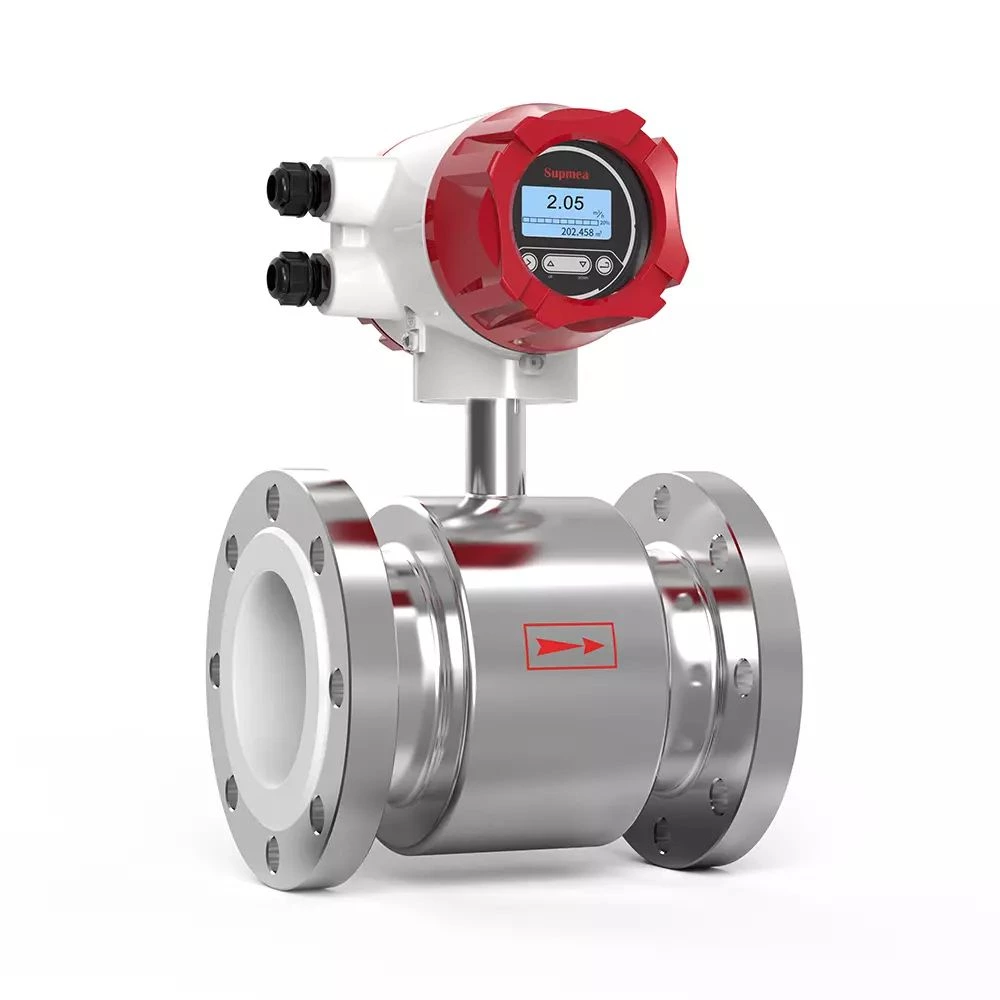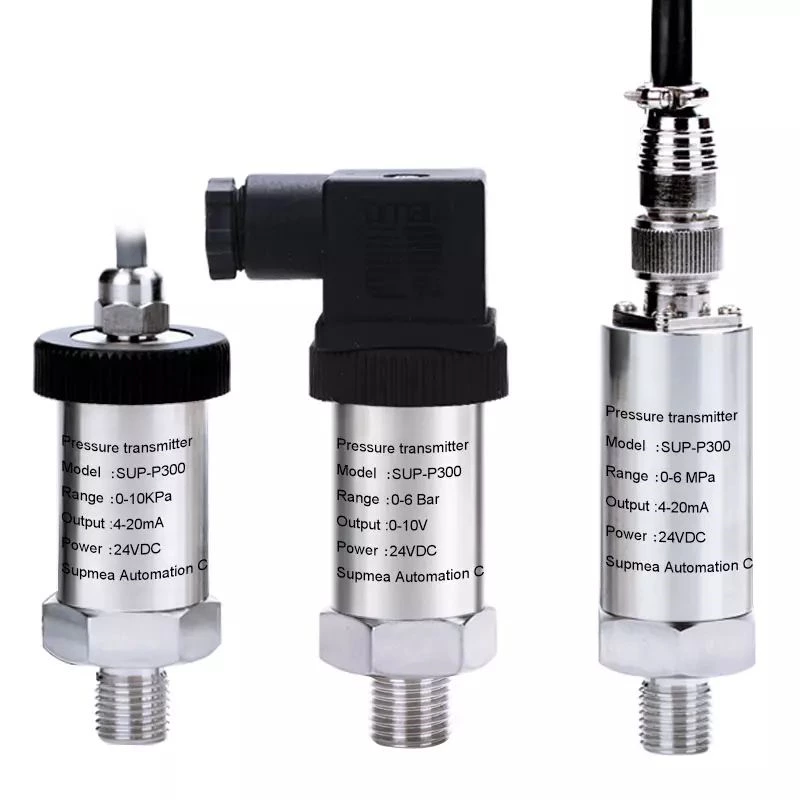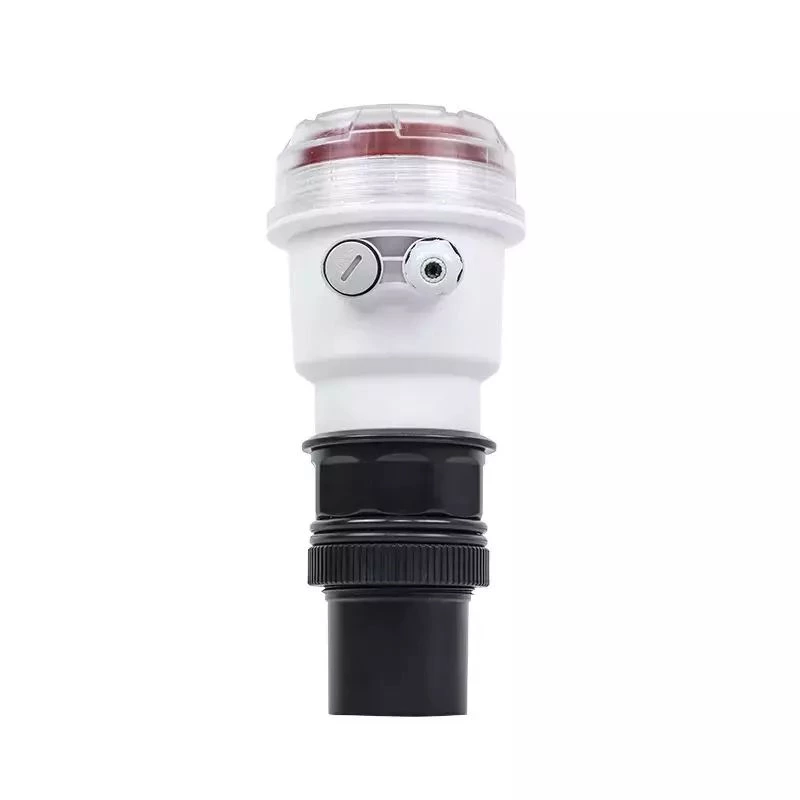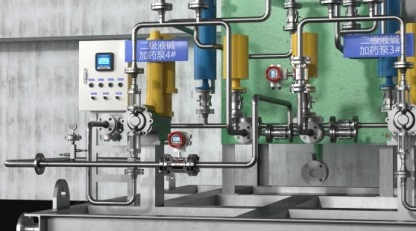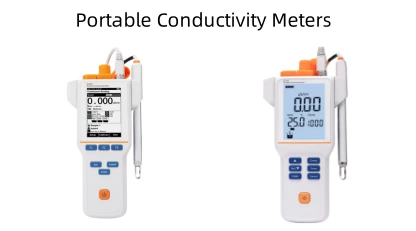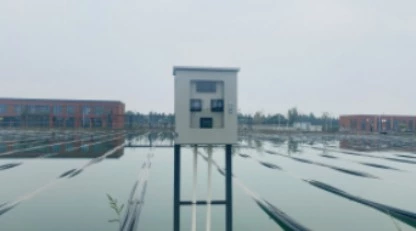Water is a precious resource that sustains life on our planet. Ensuring the quality and safety of water is of utmost importance for human health, environmental preservation, and various industrial processes. One critical parameter used to assess water quality is turbidity. Turbidity refers to the cloudiness or haziness of water caused by suspended particles. To accurately measure turbidity, a turbidity meter is an essential tool. In this article, we will explore the significance of turbidity meters in water quality analysis, their functionality, and their applications.
Introduction
Water quality is a paramount concern for industries, municipalities, environmental agencies, and even individuals who rely on well water. Turbidity is an essential parameter used to assess water quality, as it indicates the presence of suspended particles that can affect water clarity and purity. Turbidity meters have become indispensable tools for accurately measuring turbidity on-site, enabling real-time analysis and decision-making.
What is Turbidity?
Turbidity refers to the optical property of water that causes light to scatter and be absorbed rather than transmitted directly through it. Suspended particles, such as clay, silt, organic matter, or microorganisms, contribute to the turbidity of water. Turbidity is measured in Nephelometric Turbidity Units (NTU) and is an indirect indicator of water quality. Higher turbidity levels often indicate the presence of contaminants, which can impair the usability of water for various purposes.
Why does Monitoring Turbidity so Important?
Monitoring turbidity is crucial for several reasons. Firstly, it serves as an early warning system to detect changes in water quality. Excessive turbidity can result from natural processes, such as erosion or algal blooms, or human activities like construction, mining, or wastewater discharge. By monitoring turbidity, potential pollution sources can be identified promptly, allowing remedial actions to be taken before significant harm occurs. Secondly, turbidity measurements are essential for ensuring compliance with regulatory standards and guidelines for drinking water, wastewater treatment, and environmental protection.
What is a Turbidity Meter?
A turbidity meter, also known as a turbidimeter, is a device specifically designed to measure turbidity in water samples. It utilizes optical principles to quantify the amount of light scattered or absorbed by suspended particles in the water. A typical turbidity meter consists of a light source, a detector, and a chamber for holding the water sample. The meter emits light into the sample, and the detector measures the intensity of the scattered or transmitted light. This information is then converted into a turbidity reading displayed on the meter.
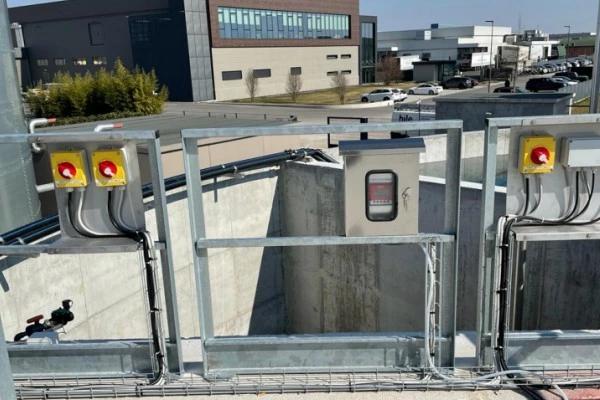
Types of Turbidity Meters
Turbidity meters come in various types, each with its own set of features and applications. The most common types include:
Nephelometric Turbidity Meters (NTU): These meters measure the intensity of scattered light at an angle of 90 degrees. They are widely used for general turbidity measurements and are suitable for a wide range of water samples.
Ratio Turbidimeters (NTU/FNU): Ratio turbidimeters measure the intensity of both scattered light and transmitted light at an angle of 90 degrees and 180 degrees, respectively. The ratio of these measurements provides more accurate turbidity readings and compensates for variations caused by color and particle size.
Laboratory Turbidimeters: Laboratory-grade turbidity meters are more advanced and offer higher precision. They are commonly used in environmental laboratories, research institutions, and water treatment facilities.
Portable Turbidity Meters: Portable turbidity meters are compact, handheld devices suitable for field measurements. They are lightweight, easy to use, and ideal for on-site water quality assessments.
Applications of Turbidity Meters
Turbidity meters have diverse applications across various industries and sectors. Some notable applications include:
Drinking Water Analysis: Turbidity meters play a vital role in monitoring and ensuring the quality of drinking water. Water treatment plants and regulatory authorities use turbidity measurements to assess the effectiveness of filtration processes and detect any anomalies that may compromise water safety.
Environmental Monitoring: Environmental agencies and researchers employ turbidity meters to monitor water bodies such as rivers, lakes, and oceans. Turbidity data helps assess water clarity, detect pollution sources, and evaluate the ecological health of aquatic ecosystems.
Industrial Processes: Industries that rely on water for their operations, such as food and beverage production, pharmaceutical manufacturing, and power generation, utilize turbidity meters to maintain product quality and comply with regulatory standards. Turbidity measurements ensure the efficiency of water treatment processes and the absence of contaminants.
Aquaculture and Fisheries: Turbidity meters assist in monitoring water quality in aquaculture facilities and fisheries. By maintaining optimal turbidity levels, fish health and growth can be enhanced, and potential environmental impacts mitigated.
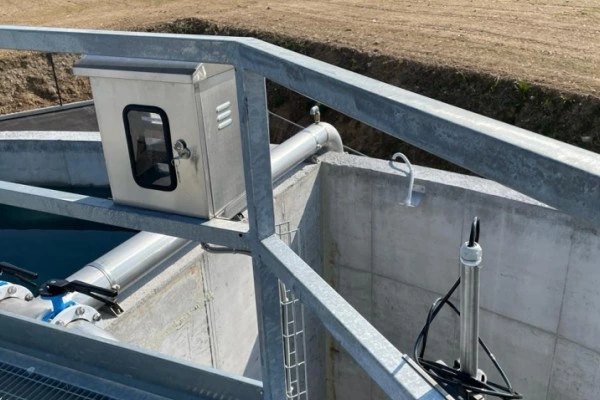
Benefits of Using Turbidity Meters
The use of turbidity meters offers several benefits for water quality analysis, including:
- Accurate and Reliable Measurements: Turbidity meters provide precise and consistent turbidity readings, allowing for accurate monitoring and detection of changes in water quality.
- Real-time Monitoring: With rapid measurement capabilities, turbidity meters enable real-time monitoring of turbidity levels, facilitating prompt action when necessary.
- Easy Operation: Turbidity meters are designed to be user-friendly, with intuitive interfaces and straightforward operation. They can be used by both professionals and non-technical users.
- Data Logging and Connectivity: Many modern turbidity meters offer data logging functionalities, allowing users to store and analyze measurement data over time. Some meters also provide connectivity options for data transfer to computers or mobile devices.
- Portable and Field-Ready: Portable turbidity meters are lightweight, compact, and battery-powered, making them highly portable and suitable for field applications. They can be easily transported to different locations for on-site measurements.
Conclusion
Turbidity meters are indispensable tools for assessing water quality and monitoring turbidity levels. With their ability to provide accurate and real-time measurements, these devices contribute significantly to maintaining the safety and integrity of water resources. Whether for drinking water analysis, environmental monitoring, or industrial processes, turbidity meters play a crucial role in ensuring water quality standards are met. By investing in a reliable and efficient turbidity meter, individuals and organizations can actively contribute to preserving clean and healthy water sources for future generations.
FAQs (Frequently Asked Questions)
Q1: What are the units of measurement for turbidity?
Turbidity is commonly measured in nephelometric turbidity units (NTU) or formazin nephelometric units (FNU).
Q2: Can turbidity meters measure other parameters besides turbidity?
Turbidity meters are primarily designed for measuring turbidity. However, some advanced models may have additional capabilities to measure other parameters such as temperature, pH, conductivity, or dissolved oxygen.
Q3: Are turbidity meters suitable for both clear and colored water samples?
Yes, turbidity meters can measure turbidity in both clear and colored water samples. They are designed to account for the presence of color and provide accurate turbidity readings regardless of water type.
Q4: How often should I calibrate my turbidity meter?
The calibration frequency may vary depending on the manufacturer's recommendations and your specific requirements. It is generally recommended to calibrate the turbidity meter regularly, following the manufacturer's instructions, to ensure accurate measurements.
Q5: Can I use a portable turbidity meter for continuous monitoring?
While portable turbidity meters are primarily intended for spot measurements, some advanced models offer continuous monitoring capabilities. These meters can be integrated into automated monitoring systems or equipped with data logging features for extended data collection.

